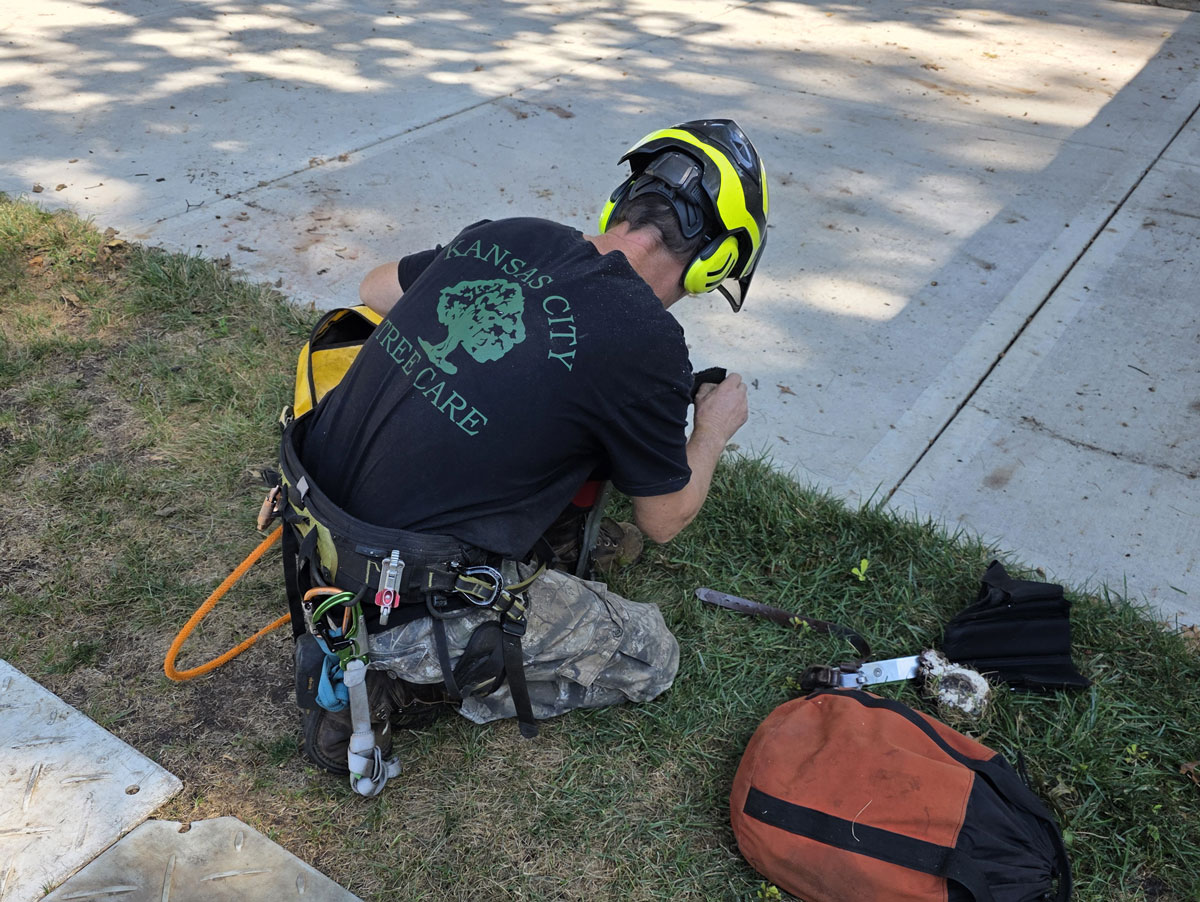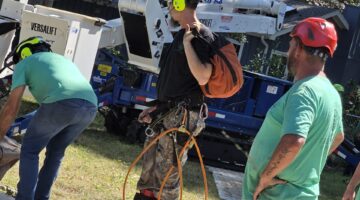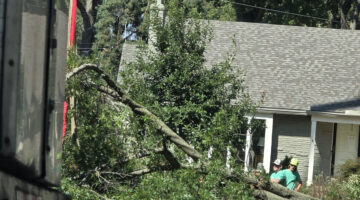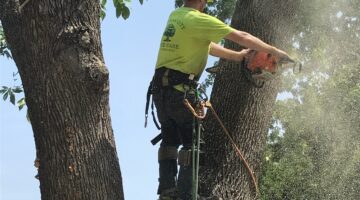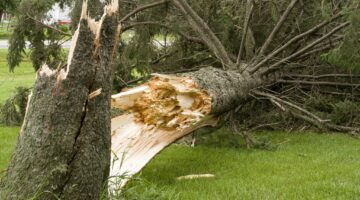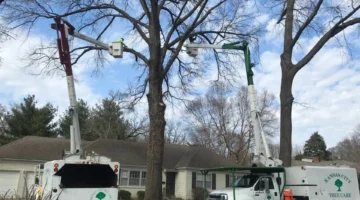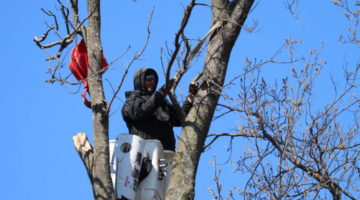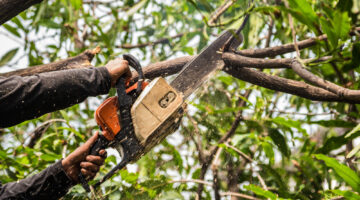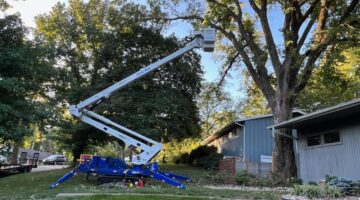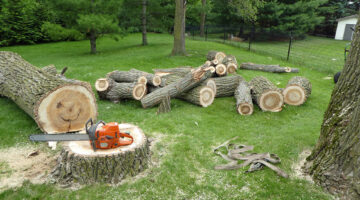Removing a tree in Kansas City might seem simple, but it often requires a permit. Whether it’s due to storm damage, landscaping changes, or safety risks, following local rules is important to protect the environment and ensure safety.
This guide explains when tree removal permits are needed, how to apply, and what happens if you skip this step.
General Permit Requirements
Permits for tree removal exist to maintain safety, protect the environment, and regulate urban landscaping. While permit requirements vary by location, there are some general circumstances when a permit is typically necessary:- Trees on Public Property:
- Heritage or Protected Trees:
- Safety Hazards:
- Commercial and Construction Areas:
Specific Regulations in Kansas City
Kansas City has its own set of rules governing tree removal, tree trimming, and related activities like stump grinding. The city emphasizes protecting natural resources while balancing safety and development needs. Here are the key regulations to know:- Urban Forest Management:
- Residential Property Rules:
- Environmental Zones:
- Storm-Damaged Trees:
Exceptions to Permit Requirements
There are exceptions to Kansas City’s tree removal permit rules that simplify the process for homeowners and businesses. Here are some scenarios where a permit may not be required:- Small or Non-Protected Trees:
- Dead or Diseased Trees:
- Private Property Trees:
How to Apply for a Tree Removal Permit
If your project requires a tree removal permit in Kansas City, follow these simple steps to ensure a smooth process:Step 1. Assess the Tree
Take photos of the tree and evaluate its location, size, and condition. You’ll need these details for the application.Step 2. Contact the Appropriate Department
For trees on public property or in protected zones, reach out to Kansas City’s Parks and Recreation Department. For private property, check with your local zoning department or HOA.Step 3. Submit an Application
Complete the tree removal permit application form, which you can usually find on the Kansas City government website. Include all required information, such as photos, reason for removal, location, and any necessary documentation.Step 4. Schedule an Inspection
The city may schedule an inspection to determine whether removal is justified. Be available to meet with officials if required.Step 5. Receive Approval
Once approved, you’ll get the green light to proceed. Approval may also include specific instructions for stump grinding, tree trimming, or replanting requirements.Step 6. Hire a Certified Arborist
Kansas City encourages hiring professionals certified by the International Society of Arboriculture (ISA). Licensed experts ensure tree removal is safe and efficient. Pro tip: Always retain a copy of your permit in case of inspections.Penalties for Non-Compliance
Failing to follow Kansas City’s tree removal regulations can come with hefty consequences. If you remove a tree without a required permit, you might face:- Fines and Fees:
- Replacement Requirements:
- Legal Issues:
Tree Removal Tips and Resources
Need help navigating tree removal permits? Kansas City provides a variety of resources to make the process easier and more straightforward. Here are some key places to start:- Kansas City Parks and Recreation Website:
- Certified Arborists and Tree Removal Services:
- Neighborhood Associations and HOAs:

